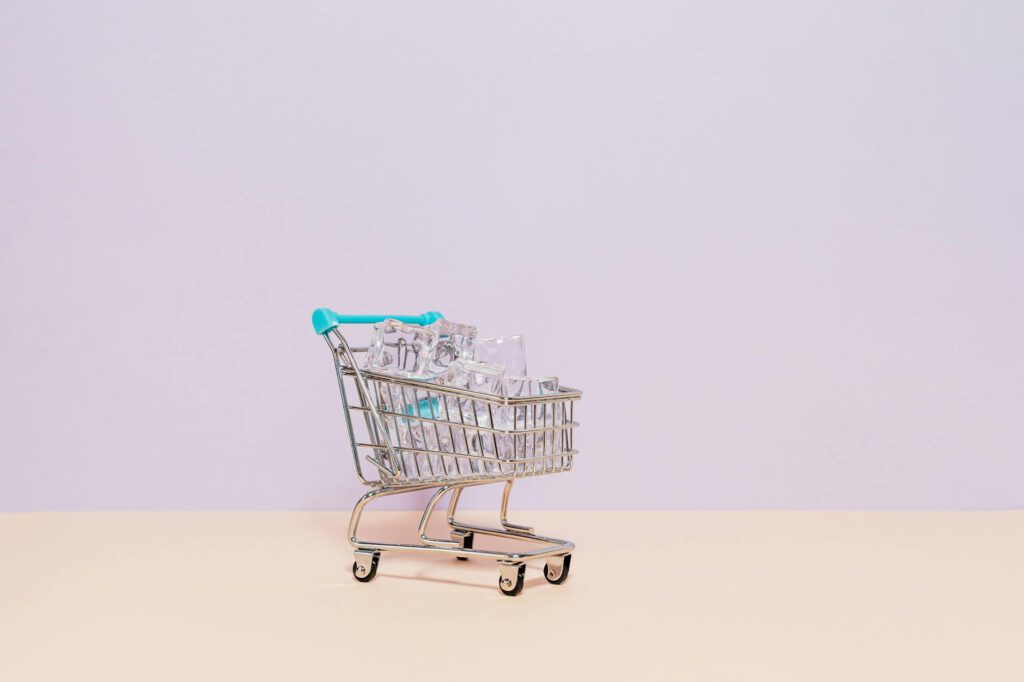Introduction
Email marketing is one of the most cost-effective ways for small e-commerce stores to engage customers, drive sales, and build brand loyalty. However, crafting the perfect email can be time-consuming—especially when you’re juggling multiple business tasks. That’s where email marketing templates come in.
Pre-designed templates save time, ensure consistency, and improve conversion rates. Whether you’re sending a welcome series, abandoned cart reminders, or promotional offers, the right template can make all the difference.
In this guide, we’ll explore:
– The best types of email templates for e-commerce
– How to customize them for maximum impact
– Tools and resources to streamline your email marketing
– FAQs to help you get started
Let’s dive in!
Why Email Marketing Templates Are Essential for Small E-Commerce Stores
Email marketing delivers an average ROI of $36 for every $1 spent, making it a must-have for small e-commerce businesses. Templates help by:
✔ Saving time – No need to design emails from scratch.
✔ Ensuring brand consistency – Keep fonts, colors, and messaging aligned.
✔ Boosting conversions – Professionally designed templates improve engagement.
✔ Automating workflows – Set up drip campaigns effortlessly.
With the right templates, even a one-person team can run a high-converting email strategy.
5 Must-Have Email Templates for E-Commerce Stores
1. Welcome Email Series
First impressions matter. A welcome email sets the tone for your brand and nurtures new subscribers.
Example Structure:
- Email 1: Thank you + discount code (e.g., “Get 10% off your first order!”)
- Email 2: Introduce your brand story (e.g., “Why we started [Your Store]”)
- Email 3: Highlight bestsellers (e.g., “Customer favorites you’ll love”)
Pro Tip: Personalize with the subscriber’s name for higher open rates.
2. Abandoned Cart Recovery Emails
Nearly 70% of online carts are abandoned. A well-timed reminder can recover lost sales.
3-Step Strategy:
- First Email (1 hour later): Gentle reminder (“Did you forget something?”)
- Follow-Up (24 hours later): Add urgency (“Only 2 left in stock!”)
- Final Email (48 hours later): Offer a small discount (“Here’s 10% off!”)
Example Subject Line: “Your cart is waiting! Complete your purchase now.”
3. Post-Purchase Follow-Up Emails
Turn one-time buyers into repeat customers with a thoughtful follow-up.
Key Elements:
- Thank the customer
- Request a review (e.g., “How did we do?”)
- Suggest related products (“You might also like…”)
Bonus: Include a surprise discount for their next purchase.
4. Seasonal Promotional Emails
Capitalize on holidays and sales events with eye-catching templates.
Examples:
- Black Friday/Cyber Monday: “Early access starts now!”
- Valentine’s Day: “Gifts they’ll adore”
- Back-to-School: “Everything they need for class”
Design Tip: Use festive colors and limited-time offers to drive urgency.
5. Re-Engagement Campaigns
Win back inactive subscribers before they unsubscribe.
Effective Tactics:
- Subject Line: “We miss you! Here’s 15% off.”
- Content: Highlight new products or exclusive deals
- CTA: “Shop now before it’s gone!”
Warning: If they don’t engage after 2-3 emails, consider removing them to keep your list clean.
Best Tools & Resources for E-Commerce Email Templates
Free & Paid Email Marketing Platforms
- Mailchimp – User-friendly with free templates
- Klaviyo – Built for e-commerce (advanced segmentation)
- Brevo (formerly Sendinblue) – Affordable for small businesses
Design Tools
- Canva – Drag-and-drop email designer
- Beefree – Pre-made responsive templates
Tips for Better Emails
- Mobile Optimization – 60%+ of emails are opened on mobile.
- A/B Testing – Test subject lines, CTAs, and send times.
- Personalization – Use merge tags (e.g., “Hi {{First Name}}”).
FAQs
1. How often should I send marketing emails?
- Ideal Frequency: 1-2 per week (avoid spamming).
- Exceptions: Flash sales or holiday promotions can be more frequent.
2. What’s the best time to send emails?
- General Rule: Tuesdays & Thursdays (10 AM–2 PM).
- Test: Use analytics to find your audience’s peak times.
Conclusion
Email marketing templates are a game-changer for small e-commerce stores. They streamline your workflow, improve engagement, and drive sales—without requiring a design team.
Ready to boost your email strategy?
👉 Download our free e-commerce email template pack at [DigitalBoostHQ.com/templates] and start converting more subscribers today!
Have questions? Drop them in the comments below! 🚀

